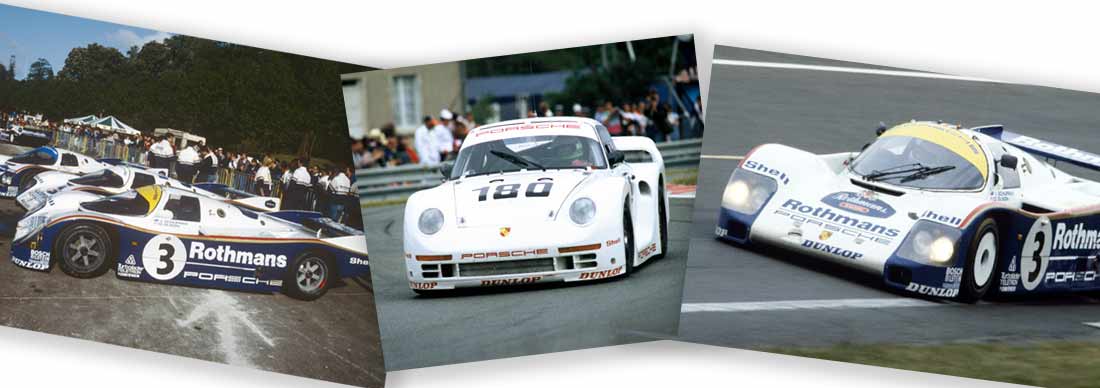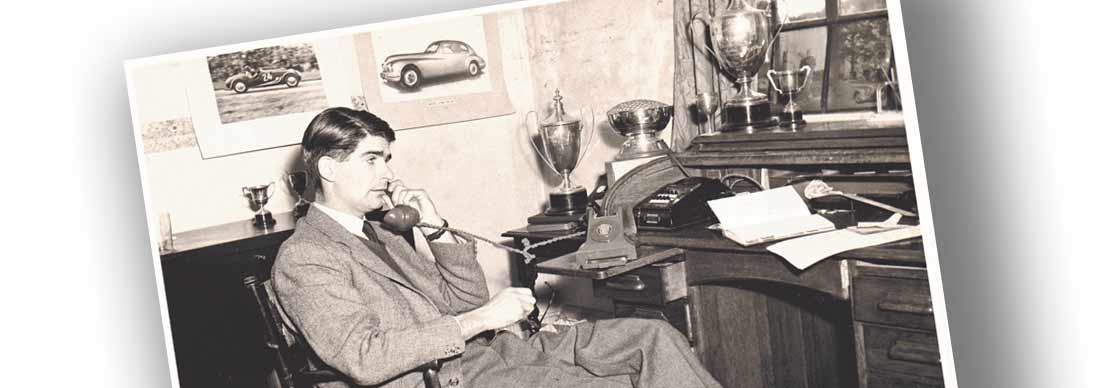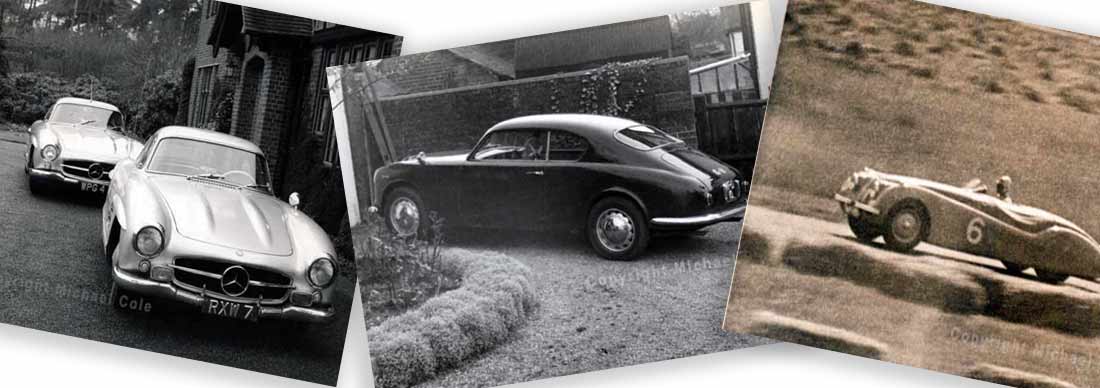
Première Night, part 4 - PDK and 4WD
With the arrival of Group C in 1982, extreme engineering, wandering to and from the boundaries and frontiers of the technically achievable and regulatory permissible, eased off a bit as manufacturers were first and foremost trying to get to grips with limited fuel consumption figures and ground effects. Still, in 1986 something new was presented to the ACO’s scrutineers: one of the three works Porsche 962Cs ran with a so-called PDK gearbox, short for Porsche Doppel-Kupplung or double clutch transmission.
The idea behind the PDK was to reduce the time shifting gears, thus reducing the time no power was transferred to the wheels. Porsche had already looked into this in the early 1970s when it ran the 917 but, while the mechanical concept of the PDK was hatched back then, the embryonic state of electronics meant the idea had to be put aside for a later date. By the early 1980s, the electronics engineers had caught up and the PDK was high on the agenda of the Porsche Motorsport department again.

Above: Porsche adapted its Typ 959 supercar for the 1986 24 Hours, thus entering the first-ever 4WD race car in La Sarthe. Frenchmen Claude Ballot-Léna and René Metge finished seventh overall.
In broad strokes, a PDK gearbox is a slightly bigger-than-normal gearbox, in which first, third and fifth gear are on one shaft, with second and fourth gear on a second shaft. Both shafts have their own clutch and one of the two clutches is always engaged. The actual shifting of the gears is controlled electronically so that the transmission of power to the wheels is uninterrupted. The PDK thus not only improved acceleration but also allowed the drivers to change gears mid-corner, which with a classic gearbox was not easily done as the “kick” of the power being transferred to the wheels again after the “idle” pause when actually shifting, could catch out a driver quite easily.
Shifting gears with the PDK was still done with the stick sitting in the same position, but now the drivers just had to pull the stick towards them to go up a gear or to push away to go down one. The stick was later supplemented by two push buttons on the steering wheel: the top button to go up a gear, the lower button to go down a gear. With the buttons, precursors to the paddles, the drivers could keep their hands on the steering wheel while shifting in corners, an additional bonus.
In 1983, Porsche again started working on the PDK and from 1984 onwards entered a 956 in a few shorter races to test the system. The many teething problems prevented any decent results, but the tens of thousands of testing miles the team ran at Weissach and elsewhere led to the PDK being deemed race-worthy by the start of the 1986 season. A win at the opening 360-kilometre round of the WS-PC in Monza and at the Nürburgring Supercup sprint race validated the PDK, but a win in a classic 1,000kms race so far had eluded the team.
To gather more data over a longer distance, the No3 Rothmans 962C of Drake Olson and Vern Schuppan ran with the PDK, the other two cars running conventional gearboxes. Unfortunately, the PDK 962C retired long before sunset on Saturday evening when the gearbox broke after just some 550kms, while the No1 car of the works team won the race. It would take another 25 years of development before the PDK finally made it to Porsche road cars, but it would never be seen at La Sarthe again.

Above & below: Alongside its 4WD 961, in 1986 Porsche also entered a 962C equipped with a PDK transmission, the first and only time a PDK ran at Le Mans. Only a quarter of a century later the PDK became a feature on road Porsches.

The PDK 962C wasn’t the only novelty Porsche had brought to France that year, for in the back of one their trucks sat an all-white, unsponsored GT car: the four-wheel-drive 961, the first 4WD car to run at Le Mans. In the early 1980s, four-wheel-drive had been the exclusive domain of Audi and their formidable Quattro, which dominated the World Rally Championship, but by the mid-1980s other manufacturers had caught up. Porsche had developed a 911-based 4WD, called the 953, to win Paris-Dakar in 1984 and prepare the future for the 961, the motorsports version of their 959 supercar the company had presented at the Frankfurt IAA. Another Dakar win, this time with the 961 four months earlier, bode well for its first appearance on asphalt. The car had been intended as the successor to the 934 to run against the BMW M1 in the Group B class, but, contrary to the World Rally Championship, Group B had not met with success in the WEC. Thus the 961 was entered in the more liberal IMSA GTX class, the only car in the class. Coincidently, Group B had only one entry too: a lone BMW M1.
But while this was most certainly the swansong event for the seven-year-old M1 model, for Porsche it was a life-size demo for potential customers in the US. To convince such people, the big white car – with 1,169kgs on the scales, the heaviest of all the cars running that year – featured the same engine as its prototype 962C cousins, but coupled to a 6-speed, computer-aided, 4WD-transmission. In standard set-up the power was transferred 20/80 between the front and rear wheels, but three other pre-defined programmes allowed the driver to change the front/rear power ratio should the weather conditions require doing so.
Dakar-winner René Metge proved Porsche’s point by qualifying the car just 3/10s of a second slower than the Mazda prototype, setting fastest time in the GTP class! In the race, Metge and Claude Ballot-Léna – a veteran of 20 consecutive 24-Hours – had a stroll in the park. The only hiccup upsetting the 961’s steady progress through the field was a broken half shaft which cost 27 minutes in the pits on Sunday morning. But once that was repaired the two Frenchmen went their merry way again to a fabulous seventh place overall.
The following year, the 961 was back, this time with bigger wheels, a reworked engine, more power, a wider body and bigger rear wing, and decked out in full works colours. This time though, the race ended in tears, as one of the drivers downshifted to a wrong gear, which broke the engine and set the car on fire. Since then, the only racing 961 ever built, now fully restored, takes a prominent place in the Porsche Museum.
View books by Serge Vanbockryck






Leave a comment
This site is protected by hCaptcha and the hCaptcha Privacy Policy and Terms of Service apply.